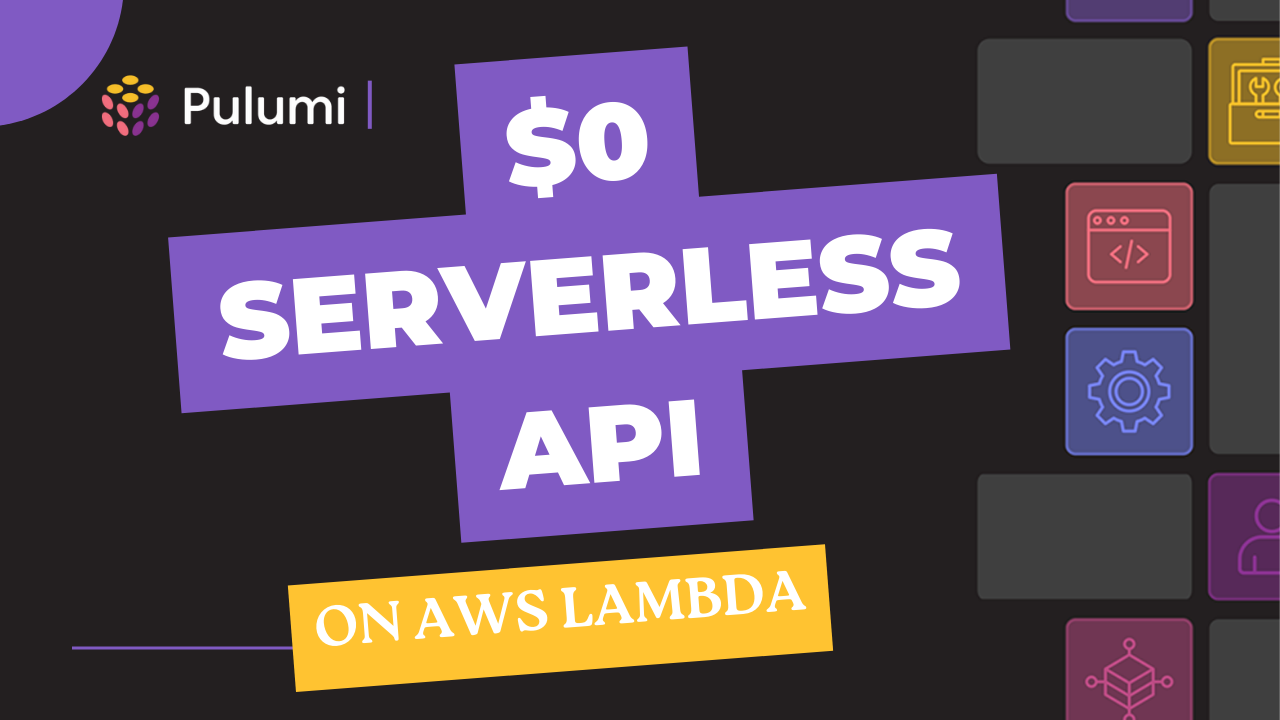Host your Python app for $1.28 a month

Most developers maintain at least one low-traffic service that still needs to be reliably available. It might be an internal reporting API that gets a few calls per hour or a side project with occasional use. While these services don’t handle much load, they need to exist and remain responsive.
This creates an interesting hosting challenge: how do you maintain high availability for services that might only handle a few thousand requests per month? Traditional hosting approaches mean paying for 24/7 server time, even when your service sits idle.
These services present a unique challenge: they need to be reliable when called but get less than 500,000 requests a month.








